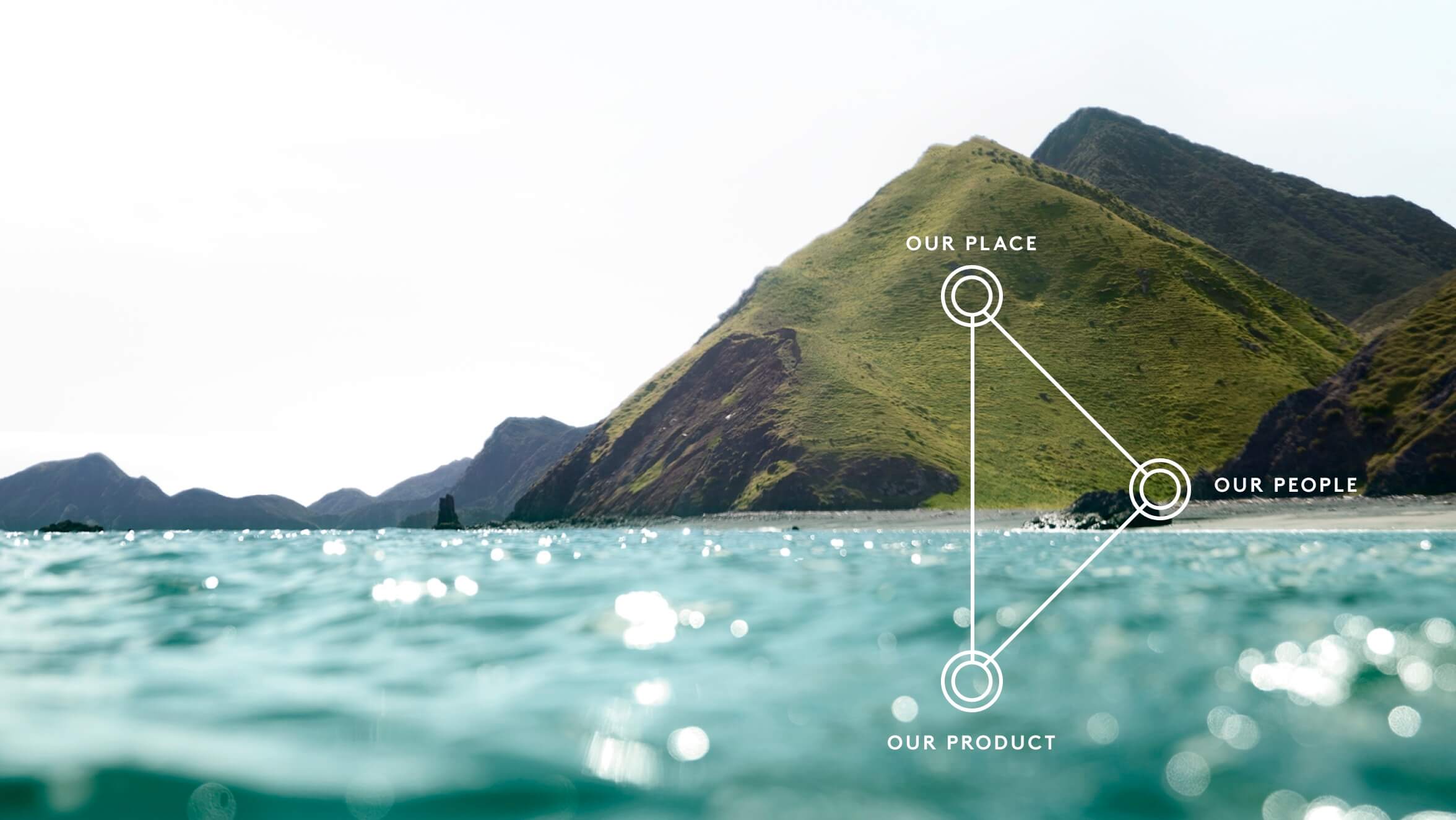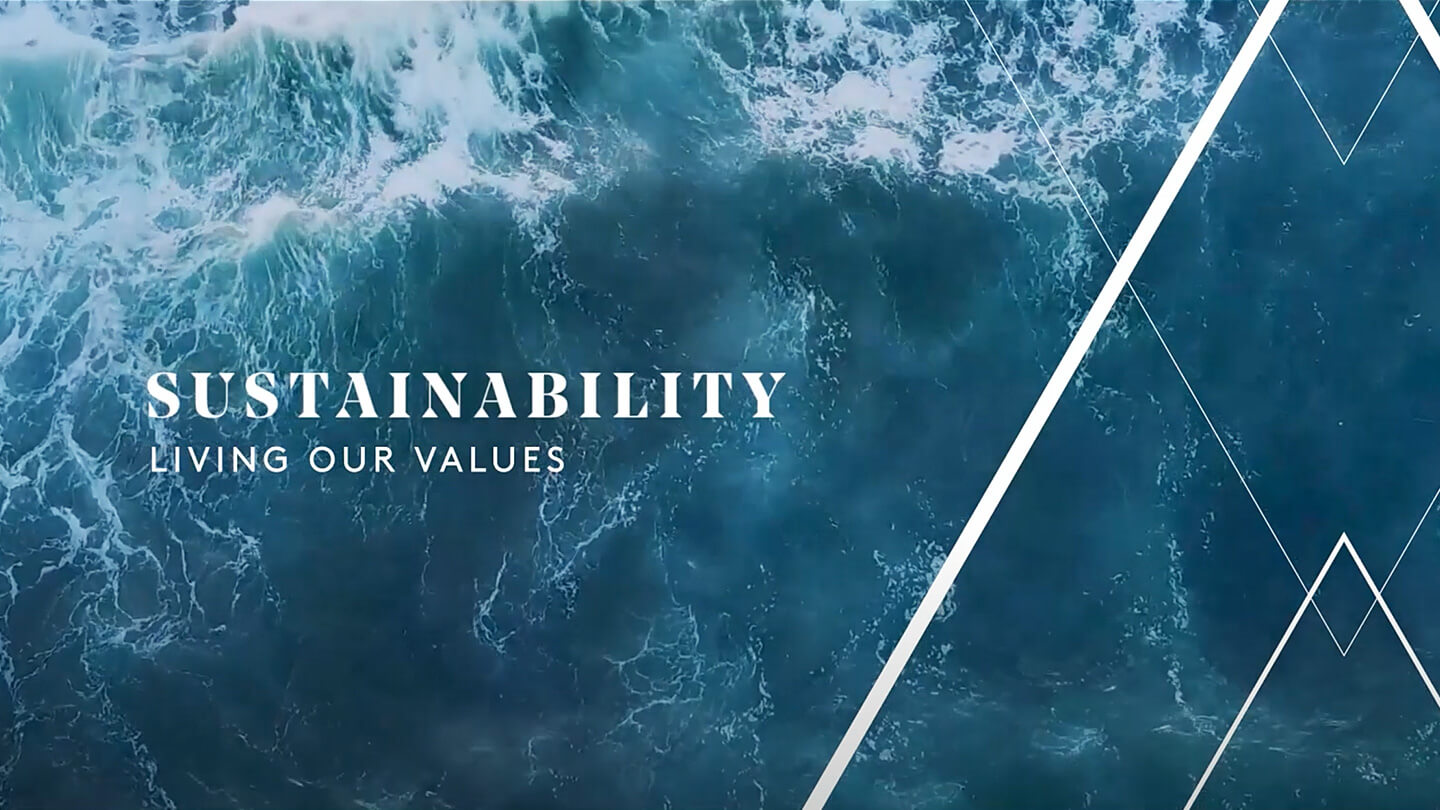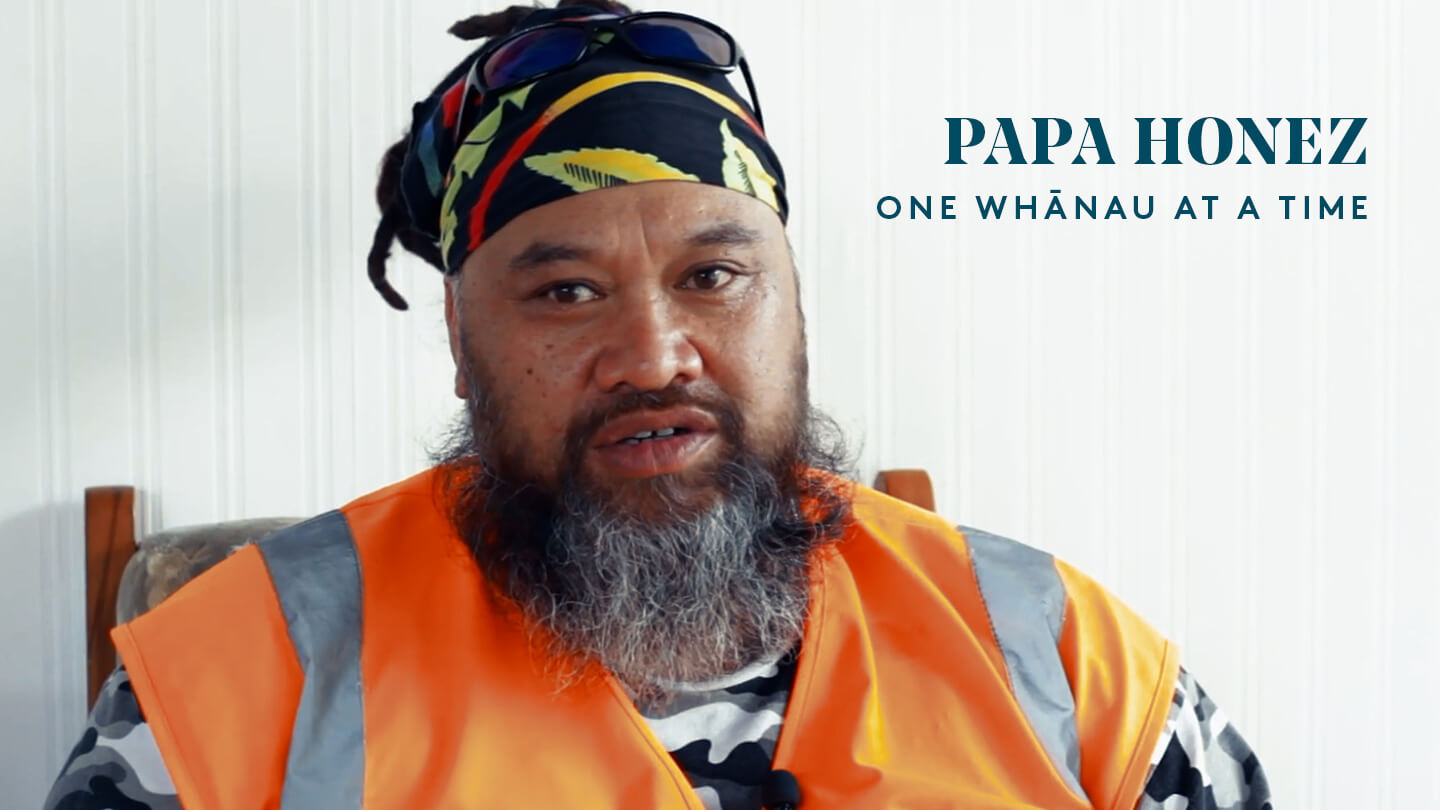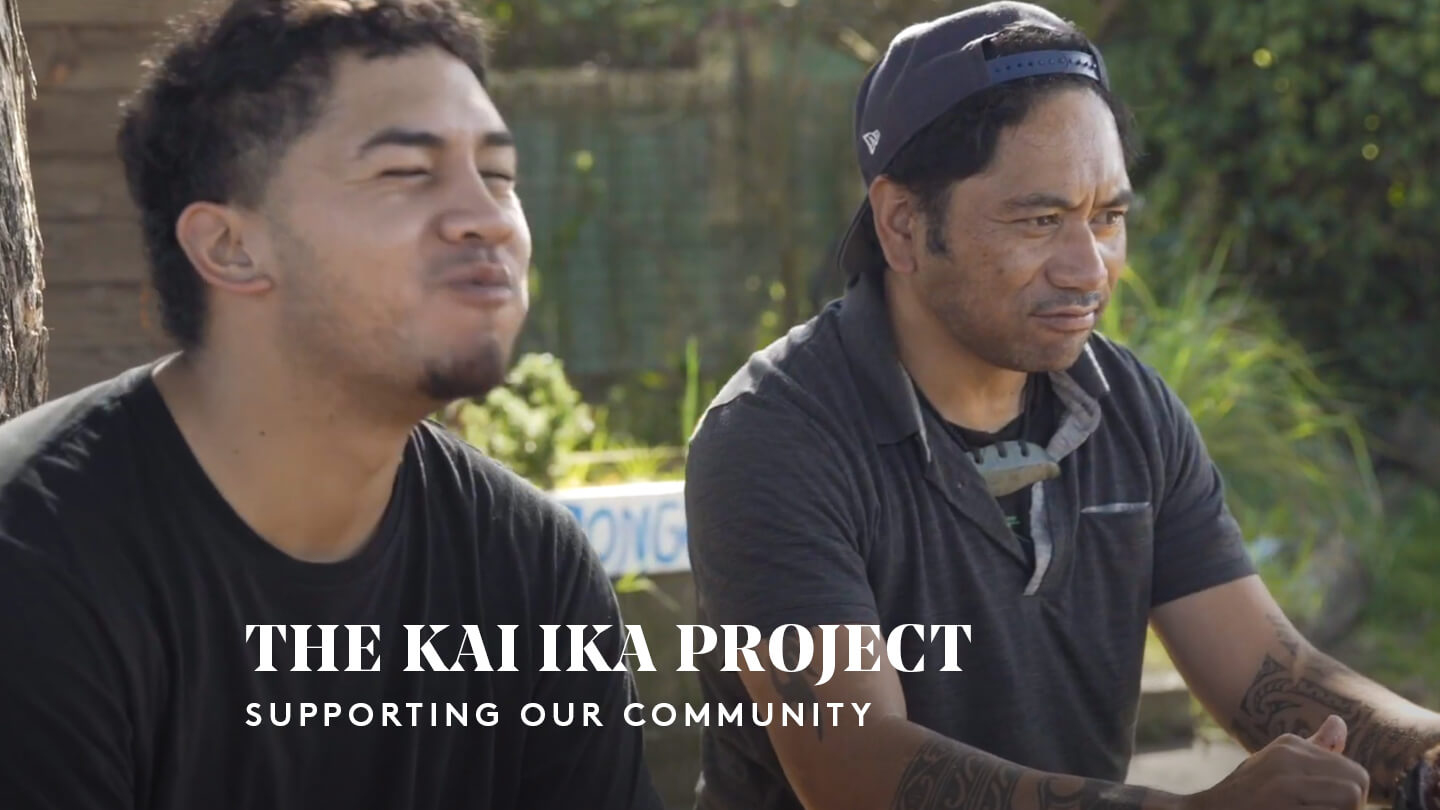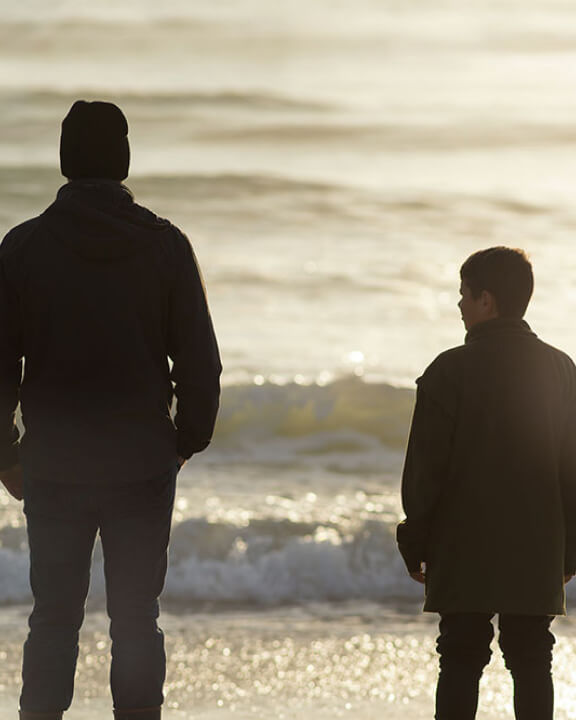
Engagement
Rolling out this strategy to our people and ensuring they understand our aspirations and how we can all play your part is key to our success. This is a journey for us all.
This strategy will be underpinned by a robust measurement system so we can better understand benefits and enable sound decision making in the future.
We know there is a lot of work to do and we can’t do it alone. We are committed to continuing to build strong partnership that activate meaningful change at pace. We invite you along on our journey.
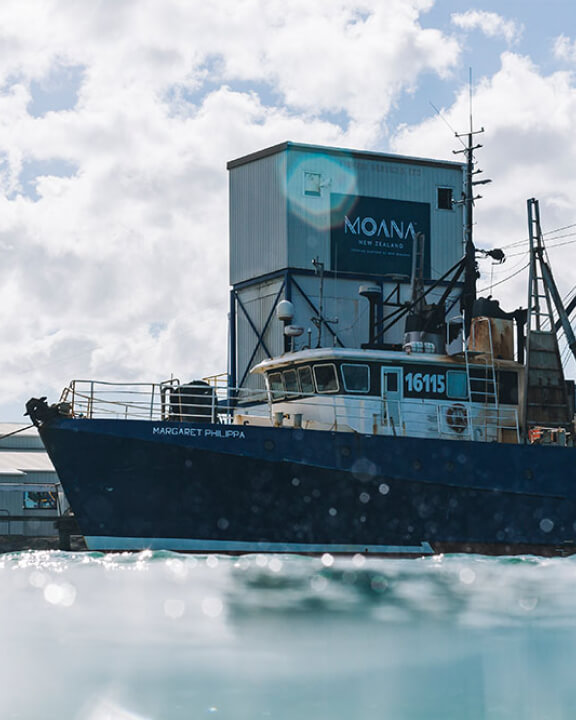
Lighten our harvest and farming
This project involves us getting a better understanding on where we do and don’t fish and why.
We want to understand what habitats or areas are significant and why. Overlaying this with where we currently fish will assist in making good decisions on where we fish in the future.
In our farming operations, our tio team have already started the tio transformation project which reduces 99 percent of in-water infrastructure and significantly improves working conditions for our people.

Plastic and packaging
We have already begun getting a baseline of what plastics we use and we’re constantly looking at alternatives to design out hard to recycle plastics.
We intend to work with suppliers to develop recycling programmes for products where no environmentally friendly alternative exists.
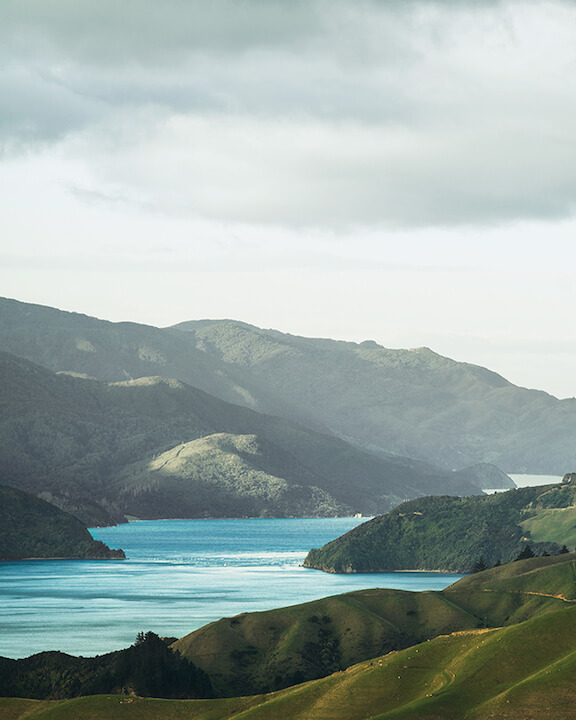
Climate change response
We’ve set an ambitious target to be carbon neutral
To get there we will be taking an in-depth look into where we can reduce our carbon emissions and understand what investment is required for change.
We know, in the short term, there will be areas where we will be unable to make significant shifts because technology doesn’t yet exist. For emissions we can’t eliminate, we will be looking at how can we offset our remaining emissions by planting trees. The right trees, in the right place.

Minimise use of fresh water
Water is precious resource and with the impacts of climate change, will be more so into the future. We need to change our behaviours around the use of fresh water today, for tomorrow.
We’ll be reducing our use wherever possible through measuring and investing in equipment and processes that drive water efficiencies.
Harvesting rainwater is one way we intend to reduce our use of freshwater and already have a pilot programme in place in our Nelson based tio hatchery.

